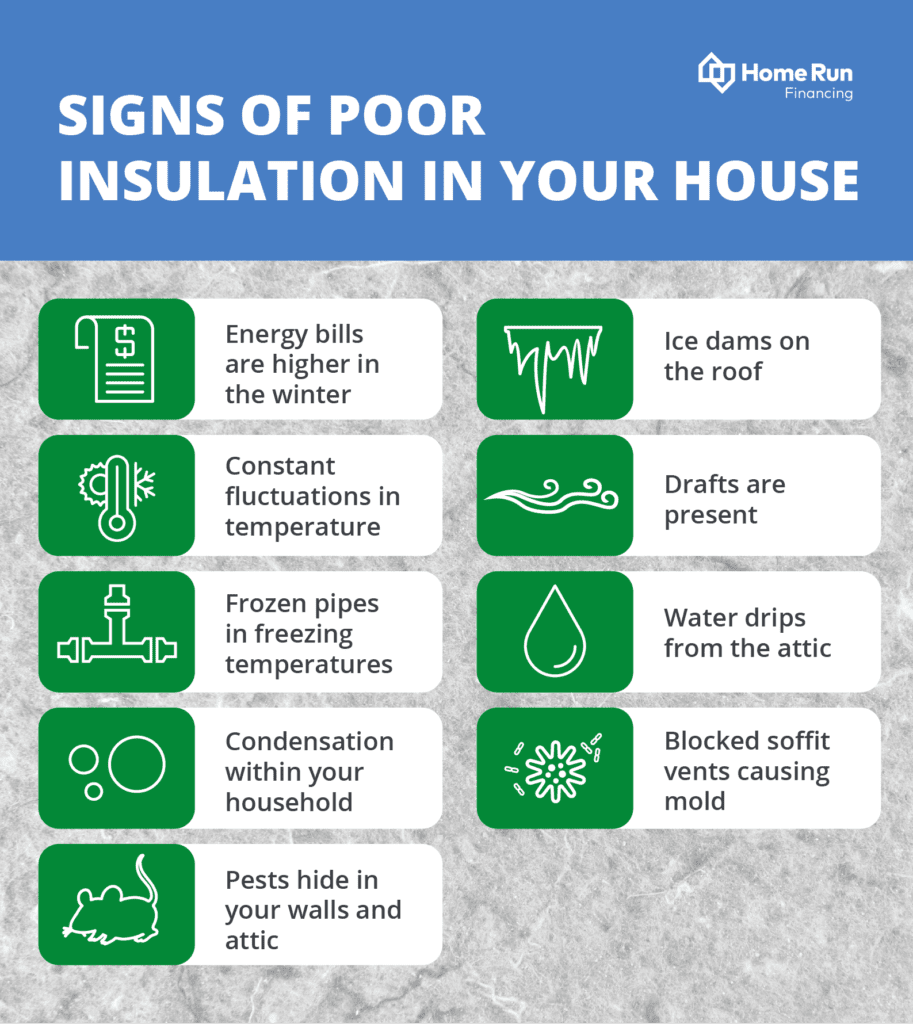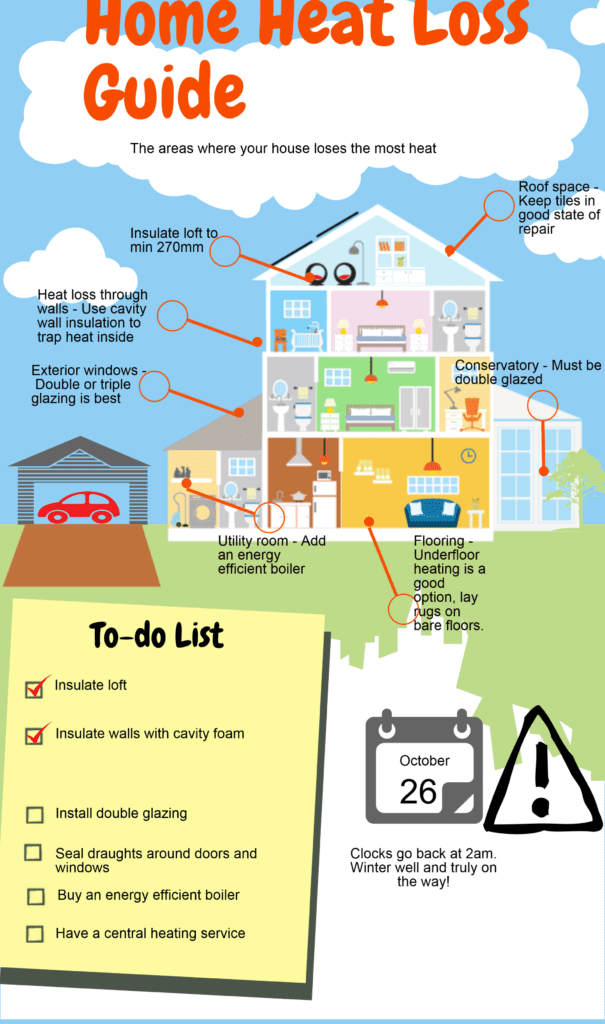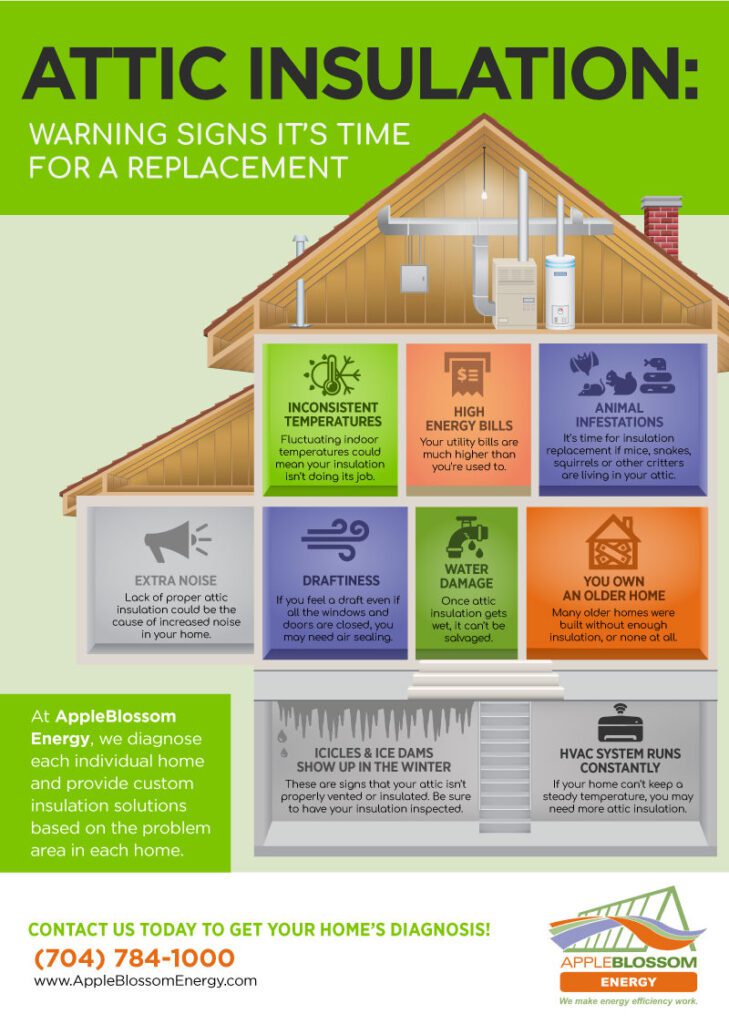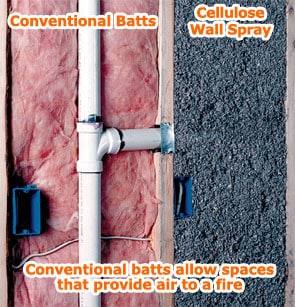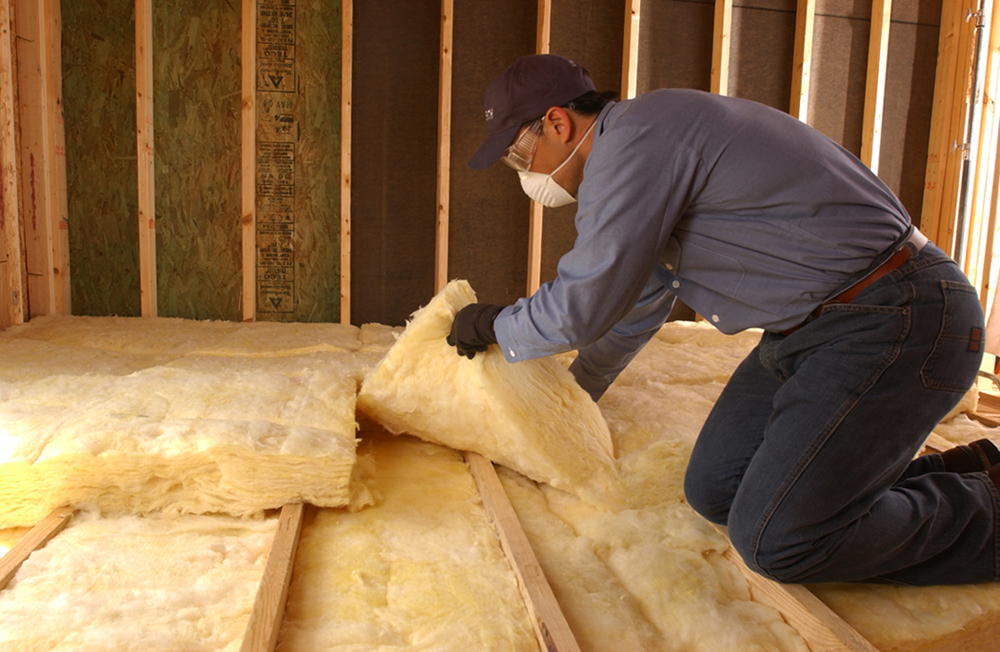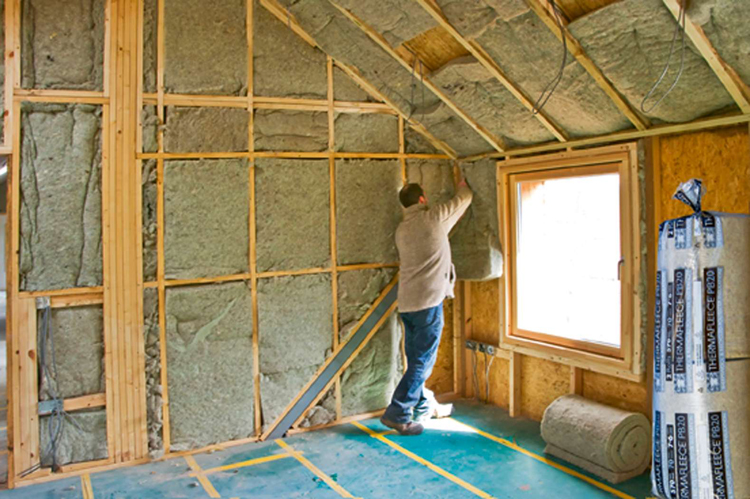If your house feels like an icebox during winter or a sauna during summer, chances are it’s poorly insulated. Inadequate insulation can result in uncomfortable living conditions, skyrocketing energy bills, and an increased carbon footprint. Fortunately, there are a few telltale signs that can help you determine if your house is poorly insulated, allowing you to take the necessary steps to improve its energy efficiency and overall comfort. So, let’s explore some common indicators that may signal a lack of proper insulation in your home.
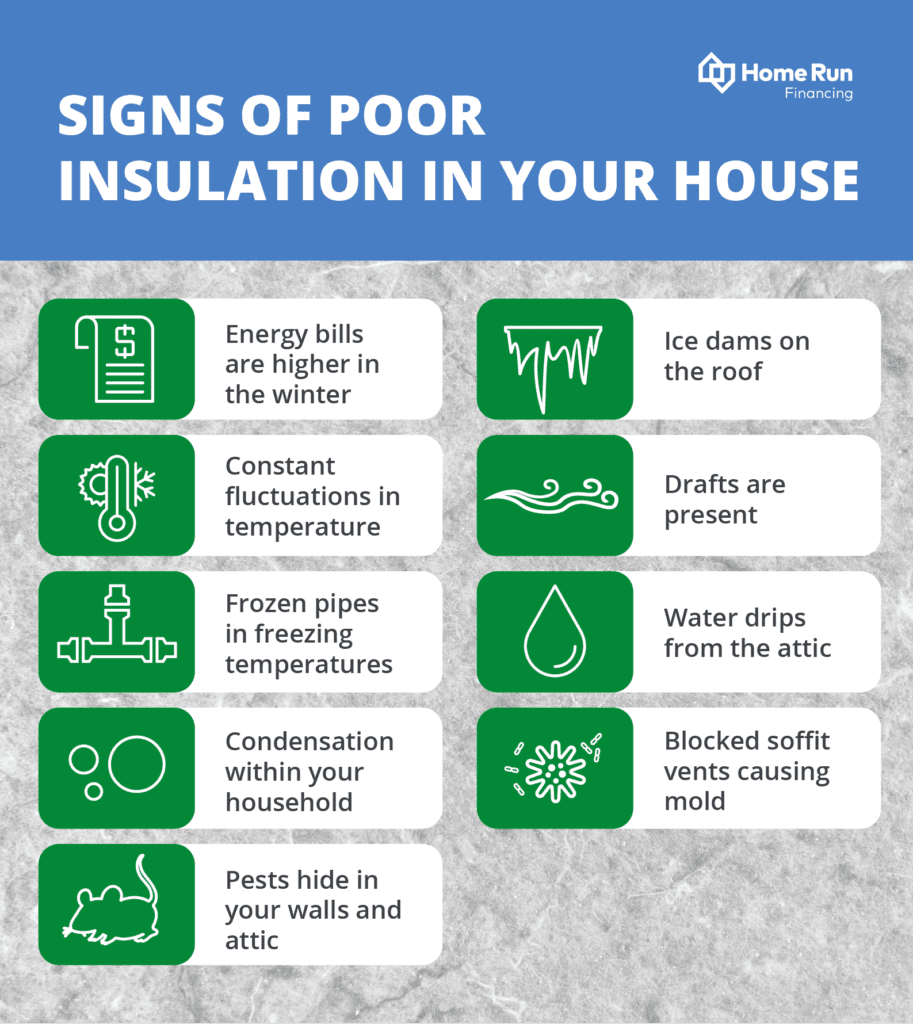

High Energy Bills
Unusually high heating or cooling costs
If you’ve noticed a significant increase in your heating or cooling bills, it may be a sign that your house is poorly insulated. Poor insulation allows the outside air to seep into your home, causing your HVAC system to work harder to maintain a comfortable temperature. This leads to higher energy consumption and ultimately, higher bills.
Rapidly increasing energy bills
If your energy bills have been steadily increasing, it’s important to consider the possibility of poor insulation. As your insulation deteriorates or becomes less effective over time, your HVAC system will have to work harder to compensate for the loss of heat or cool air. This increased load on your system results in higher energy usage and higher bills.
Significant differences in utility bills compared to similar homes in the area
If you’ve noticed that your utility bills are significantly higher than your neighbors’ or friends’ bills who live in similar homes, it could be a clear indication of poor insulation. Well-insulated homes are more energy-efficient, meaning they require less energy for heating and cooling. If your energy bills are considerably higher, it’s worth investigating your insulation levels.
Drafts and Temperature Variations
Feeling drafts near windows, doors, or outlets
Feeling drafts near windows, doors, or outlets is a common sign of poor insulation. It suggests that cold air is entering your home, while warm air is escaping. These drafts not only make your space uncomfortable but also contribute to higher energy usage as your HVAC system tries to compensate for the temperature differences.
Noticeable temperature differences between rooms or floors
If you notice significant temperature variations from one room to another or between floors, it’s likely due to poor insulation. Inadequate insulation fails to regulate the temperature evenly throughout your house. This can create hot spots in certain areas and result in inconsistent comfort levels.
Cold floors or walls in winter
If you feel cold floors or walls during the winter months, it could be a sign of poor insulation. Heat naturally moves towards colder areas, so if your insulation is insufficient, it will struggle to retain heat, leaving your floors and walls chilly to the touch.
Uneven heating or cooling
Experiencing uneven heating or cooling is another indication of poor insulation. Your HVAC system may struggle to distribute the conditioned air evenly throughout your home, leading to certain areas feeling excessively warm while others remain uncomfortably cool.
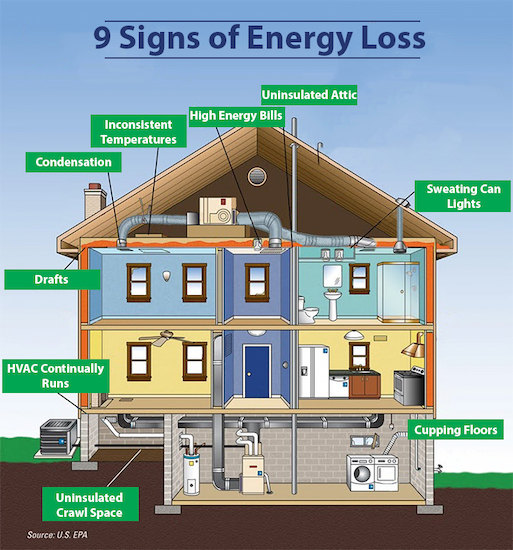

Lack of Comfort
Difficulty maintaining a comfortable indoor temperature
If you find it challenging to maintain a comfortable indoor temperature, poor insulation might be the culprit. Insulation acts as a barrier that helps regulate the transfer of heat between your home and the outside environment. Insufficient or degraded insulation can result in temperature fluctuations, making it harder for your HVAC system to create a consistent and pleasant climate.
Rooms feeling excessively hot or cold
A lack of insulation can cause certain rooms to feel excessively hot or cold, regardless of the thermostat setting. Insulation helps to maintain a balanced temperature by minimizing the transfer of heat. Without proper insulation, rooms can become uncomfortable and difficult to regulate.
Inconsistent heating or cooling throughout the house
If you notice inconsistent heating or cooling throughout your house, especially when comparing different rooms or floors, it may be a sign of poor insulation. Insulation helps to ensure that the temperature remains consistent throughout your home, but inadequate insulation can disrupt this balance and result in varying comfort levels.
Excessive humidity or dryness
Poor insulation can affect the humidity levels in your home. Insufficient insulation allows moisture to enter your home, leading to excessive humidity. On the other hand, inadequate insulation can also allow dry air to penetrate your space, resulting in a dry and uncomfortable environment. Proper insulation helps to maintain an optimal balance of moisture in your home for increased comfort.
Mold or Moisture Problems
Visible mold growth on walls, ceilings, or in the basement
If you notice visible mold growth on walls, ceilings, or in your basement, it is a clear sign of moisture problems. Poor insulation can lead to condensation buildup, creating a damp environment that promotes mold growth. Mold not only damages the structural integrity of your home but also poses health risks to you and your family.
Persistent condensation on windows
Excessive condensation forming on your windows, especially on a regular basis, can be an indication of poor insulation. When warm, moist air comes into contact with cold windows, condensation occurs. Adequate insulation reduces the temperature difference between the inside and outside of your windows, minimizing condensation.
Musty or damp smell in certain areas
If you detect a musty or damp smell in specific areas of your home, it could be a sign of moisture problems caused by poor insulation. Moisture trapped due to inadequate insulation can lead to a musty odor. Identifying and addressing these issues promptly is crucial to prevent further damage and maintain a healthy indoor environment.
Water seepage or leaks
Water seepage or leaks in your home can be a direct result of poor insulation. When insulation is insufficient, it fails to minimize the transfer of moisture. This can result in water seeping through walls, ceilings, or floors, causing damage to your property and potentially leading to long-term issues such as rot and structural damage.
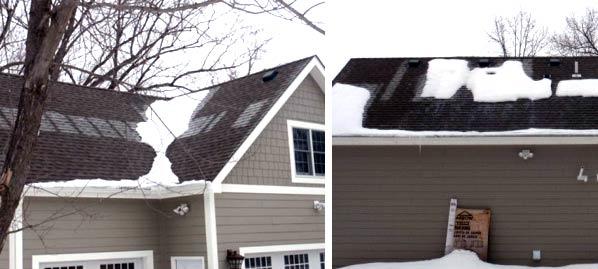

Noisy Interiors
Increased noise from the outside
If you’ve noticed an increase in noise from the outside, such as traffic sounds or neighbor activities, it could be a sign of poor insulation. Insulation helps to block and absorb sound waves, reducing the transmission of exterior noise into your home. Inadequate insulation allows sound to penetrate more easily, leading to a noisier interior.
Easy audibility of conversations from adjacent rooms
If you can easily hear conversations or other sounds from adjacent rooms, it may be an indication of poor insulation. Proper insulation helps to create a barrier that helps contain sound within separate spaces. If insulation is lacking, the sound can easily travel through walls, compromising your privacy and comfort.
Amplified noise from plumbing, appliances, or HVAC system
Inadequate insulation can make the noise from plumbing, appliances, or your HVAC system more audible within your living spaces. Insulation acts as a sound buffer, reducing the transmission of vibrations and noise. When insulation is lacking, the noise produced by these components can be amplified, creating a less peaceful and quiet environment.
Overworking HVAC System
Frequent cycling on and off of the heating or cooling system
If your heating or cooling system frequently cycles on and off, it could be a sign that your HVAC system is overworked due to poor insulation. Inadequate insulation leads to significant heat or cool air loss, forcing your system to work harder to maintain the desired temperature. This constant cycling can reduce the efficiency and lifespan of your HVAC system.
Constantly running HVAC unit
On the other hand, if your HVAC unit runs constantly without achieving the desired temperature, it suggests that your system is struggling to compensate for heat or cool air loss caused by poor insulation. Proper insulation helps to maintain a stable indoor temperature, reducing the strain on your HVAC system and ensuring optimal performance.
Difficulty reaching desired temperatures
If you find it difficult to reach and maintain the desired temperatures in your home, despite adjusting your thermostat, it may be due to poor insulation. Insufficient insulation allows heat to escape during the winter months or enter during the summer months, making it challenging for your HVAC system to achieve and sustain the desired temperature.
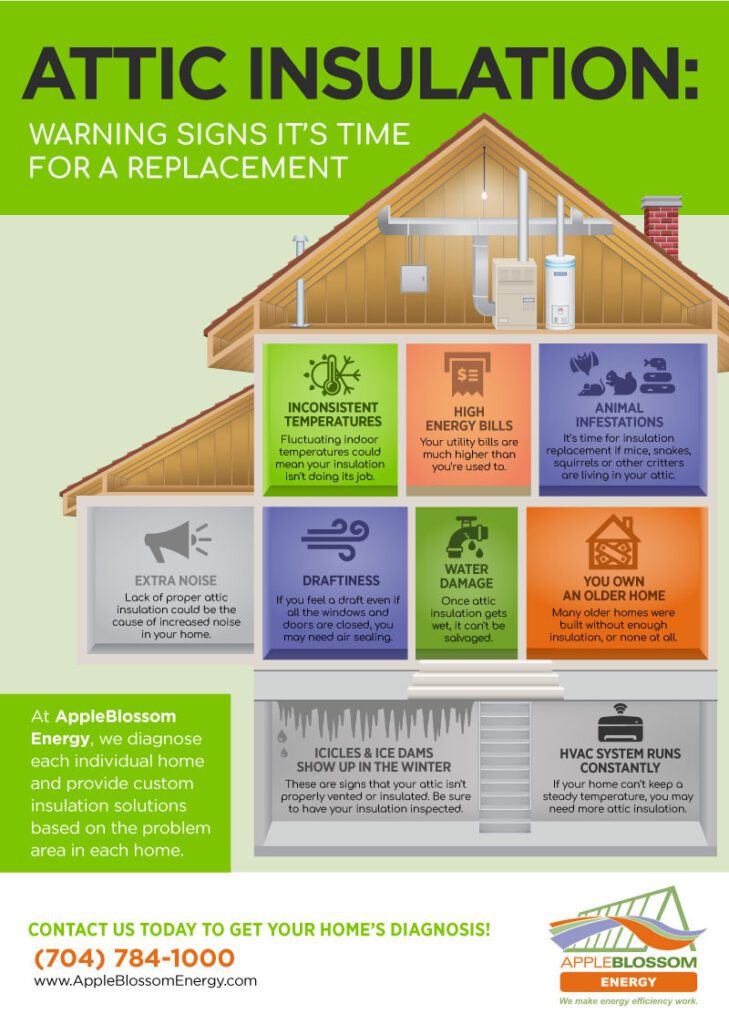

Ice Dams and Icicles
Formation of icicles along the roofline
The formation of icicles along the roofline is a clear indication of poor insulation. Inadequate insulation does not effectively retain heat, causing snow on the roof to melt faster. The melted snow then refreezes along the eaves, creating icicles. Icicles can be a safety hazard and may signal underlying issues with your insulation and ventilation.
Build-up of ice dams on the roof
Ice dams are another sign that your house is poorly insulated. Ice dams form when heat from inside your home escapes through the roof, melting the snow above. As the melted snow refreezes along the edges of the roof, it forms a barrier that prevents proper drainage. Ice dams can lead to water leaks, roof damage, and even structural issues.
Water leaks and damage in the attic or upper floors
If you notice water leaks or damage in your attic or upper floors, it could be due to poor insulation. When heat from inside your home escapes through the roof, it melts the snow, creating water that can seep into your home. Water damage and leaks in the attic or upper floors are often indications that your insulation is insufficient and needs attention.
Uncontrolled Air Movement
Air leaks around windows and doors
Air leaks around windows and doors are common indicators of poor insulation. Cracks or gaps in the sealant or weatherstripping around windows and doors allow outside air to enter your home, leading to drafts and temperature fluctuations. Proper insulation helps to minimize air leaks, creating a more comfortable and energy-efficient environment.
Gaps or cracks in walls, ceilings, or floors
Gaps or cracks in walls, ceilings, or floors are signs that your house is not adequately insulated. These openings can allow air to infiltrate your home, compromising your comfort and leading to higher energy usage. Identifying and sealing these gaps is crucial to improve insulation and prevent temperature fluctuations.
Inadequate insulation in attic or basement
If your attic or basement is inadequately insulated or lacks insulation altogether, it can significantly impact the overall insulation of your home. Properly insulating these areas is essential as they can be major sources of heat or cool air loss. Without proper insulation, your HVAC system will have to work harder to condition your home, increasing energy costs.
Infiltration of outdoor pollutants or allergens
Poor insulation can also result in the infiltration of outdoor pollutants or allergens into your home. Cracks and gaps in the building envelope allow pollen, dust, and other contaminants to enter your living spaces, potentially affecting your indoor air quality. Proper insulation creates a more secure and airtight barrier, helping to keep your home free from outdoor pollutants.
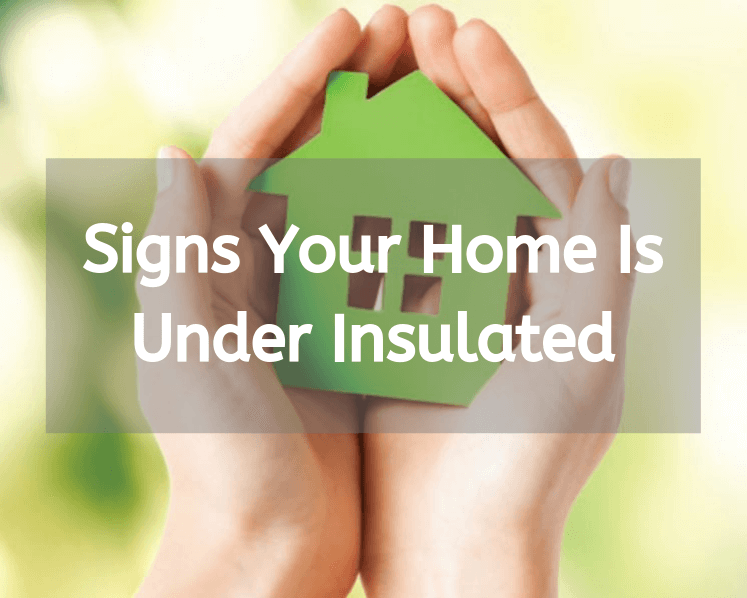

Difficulty Maintaining Humidity
Frequent dry air or static shocks
Experiencing frequent dry air or static shocks in your home is often a sign of poor insulation. Inadequate insulation allows moisture to escape, leading to lower humidity levels. Low humidity not only affects your comfort but also contributes to dry skin, respiratory problems, and increased static electricity.
Constant need for humidifier or dehumidifier
If you find that you constantly need to use a humidifier in the winter or a dehumidifier in the summer, it suggests that your home lacks proper insulation. Insulation plays a vital role in regulating humidity levels by preventing excessive moisture ingress or egress. Adequate insulation helps to maintain optimal humidity levels, reducing your reliance on additional humidification or dehumidification devices.
Moisture-related damage to furniture or wooden fixtures
Moisture-related damage to furniture or wooden fixtures can be a clear indication of poor insulation. Insufficient insulation allows moisture to accumulate, leading to excessive humidity levels within your home. This excess moisture can cause wood to warp, furniture to rot, and paint to peel, resulting in costly repairs or replacements.
Visible Insulation Issues
Loose or sagging insulation in the attic
If you notice loose or sagging insulation in your attic, it is a sign that your insulation is not properly installed or has deteriorated over time. Insulation should be uniformly installed and secured in place to effectively provide thermal resistance. Loose or sagging insulation reduces its effectiveness and may require replacement or reinstallation.
Gaps or voids in insulation
Gaps or voids in your insulation can lead to thermal bridging, where heat is easily conducted through the uninsulated areas. This compromises the overall insulation efficiency of your home. Identifying and filling these gaps or voids is important to ensure proper insulation coverage and prevent thermal energy loss.
Discoloration or stains on insulation material
Discoloration or stains on insulation material can indicate moisture issues within your home. Moisture can compromise the effectiveness of insulation, causing it to deteriorate or grow mold. Discoloration or stains are often signs that your insulation has been exposed to excessive moisture and may need prompt attention.
Insulation thickness below recommended levels
If your insulation thickness is below the recommended levels, it can be a sign of poor insulation. Different areas and climates require different insulation thicknesses to achieve optimal energy efficiency. Insufficient insulation thickness reduces its ability to effectively block heat or cool air transfer, leading to increased energy consumption and decreased comfort.
In conclusion, there are several signs that indicate your house may be poorly insulated. High energy bills, drafts, temperature variations, lack of comfort, mold or moisture problems, noisy interiors, an overworking HVAC system, ice dams and icicles, uncontrolled air movement, difficulty maintaining humidity, and visible insulation issues are all red flags that suggest your insulation is not up to par. Identifying and addressing these insulation problems will not only improve the comfort of your home but also help reduce energy costs, enhance indoor air quality, and prevent potential damage caused by moisture. Regular inspection and maintenance of your insulation are crucial in maintaining an energy-efficient and comfortable living environment.

